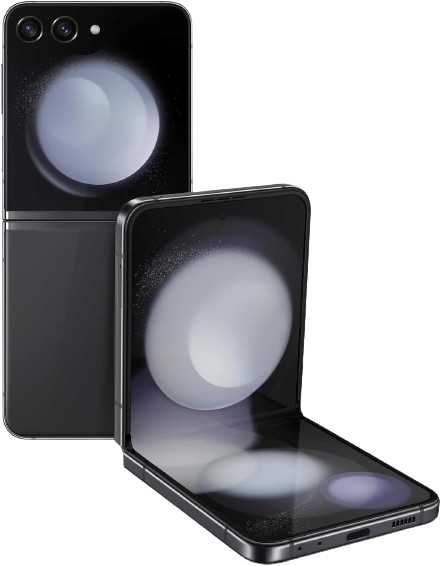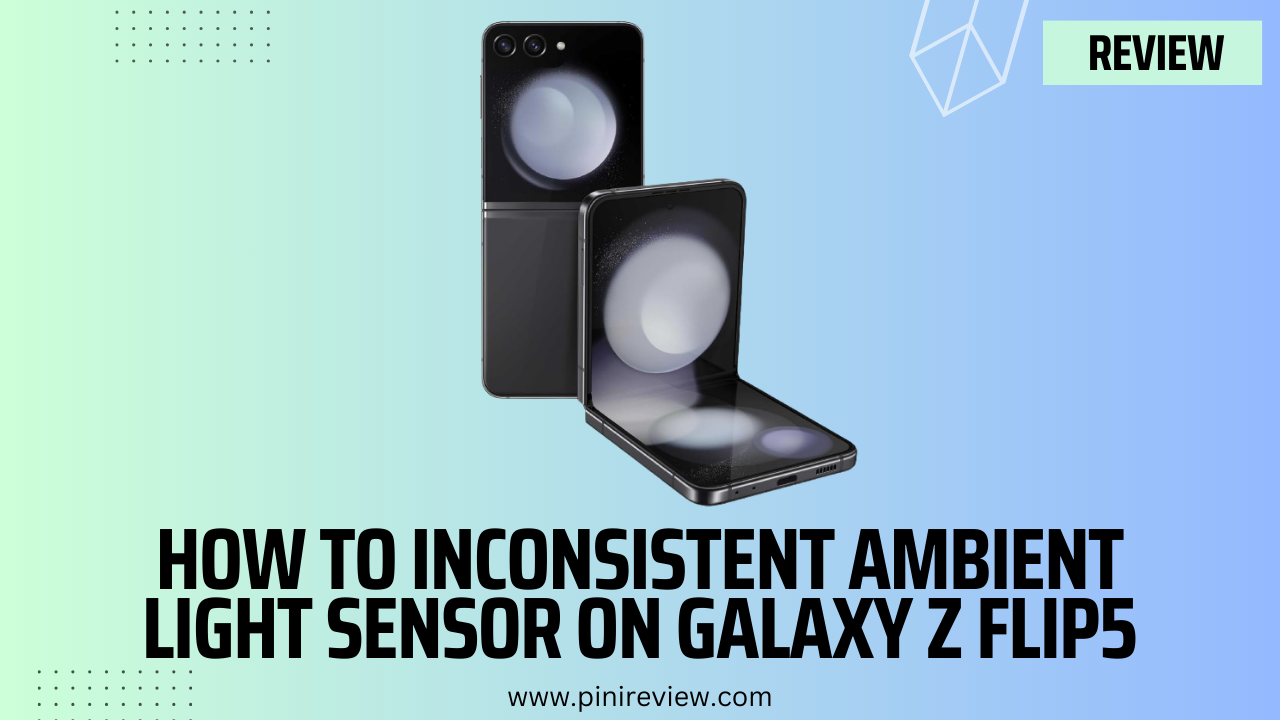Dealing with an inconsistent ambient light sensor on your Samsung Galaxy Z Flip5 can affect your user experience, especially in terms of screen brightness adjustments in various lighting conditions. Here’s a guide to troubleshoot and potentially resolve issues with the ambient light sensor.

1. Restart Your Device
A simple restart can fix temporary glitches affecting the sensor. Press and hold the Power button, then select Restart. This action can refresh the system and potentially correct the sensor’s functionality.
2. Check for Obstructions
Ensure there’s nothing blocking the ambient light sensor. On the Galaxy Z Flip5, the sensor is typically located near the top of the device, close to the selfie camera. Remove any screen protectors, cases, or debris that might be covering the sensor.
3. Adjust Brightness Settings
Navigate to Settings > Display and check if Adaptive Brightness is turned on. This feature automatically adjusts the screen brightness based on the ambient light. If it’s off, turn it on to see if it improves the sensor’s performance.
4. Clean the Sensor Area
Gently clean the top part of your device, especially around the sensor area, with a soft, dry cloth. Dirt or smudges can interfere with the sensor’s ability to accurately detect ambient light.
5. Test the Sensor
Some third-party apps or built-in diagnostic tools can test the ambient light sensor’s functionality. These tools can help determine if the sensor is working correctly or if there’s a hardware issue.
6. Update Your Device
Ensure your Galaxy Z Flip5 is running the latest software version. Firmware updates can include bug fixes and improvements for hardware components, including sensors. Go to Settings > Software update > Download and install.
7. Safe Mode
Boot your device in Safe Mode to see if a third-party app is causing the issue. In Safe Mode, all third-party apps are disabled. If the sensor works correctly in Safe Mode, an app you installed could be interfering with its operation. Restart the device to exit Safe Mode and remove recently installed apps that might be causing conflicts.
8. Reset Settings
Resetting your device’s settings can resolve issues caused by incorrect configuration without deleting personal data. Go to Settings > General management > Reset > Reset settings. This action will reset system settings to their defaults.
9. Factory Reset
If the sensor is still inconsistent after trying the above steps, a factory reset might be necessary. This will erase all data on your device, so ensure to back up important information first. To perform a factory reset, navigate to Settings > General management > Reset > Factory data reset.
10. Seek Professional Help
Should the problem persist, the issue might be hardware-related. Contact Samsung support or visit an authorized service center for a professional assessment and potential repair.
By systematically following these steps, you can troubleshoot and potentially resolve issues with the ambient light sensor on your Samsung Galaxy Z Flip5, improving your device’s automatic screen brightness adjustment.

Leave a Reply